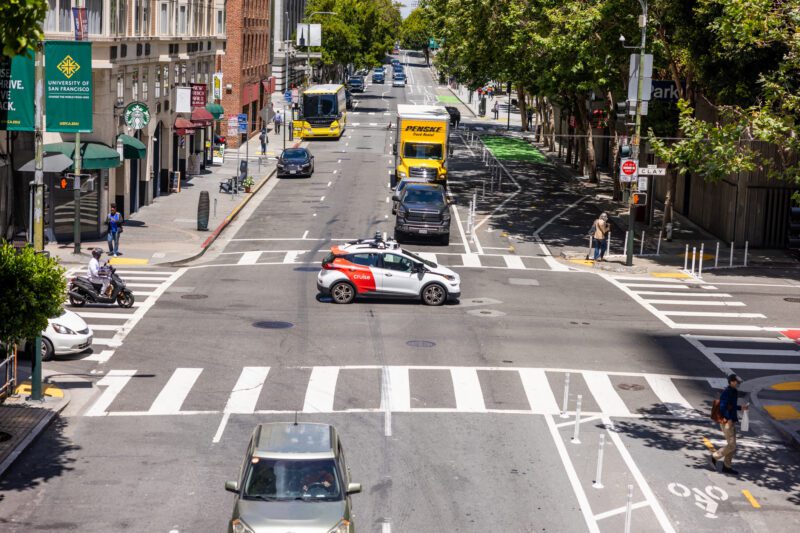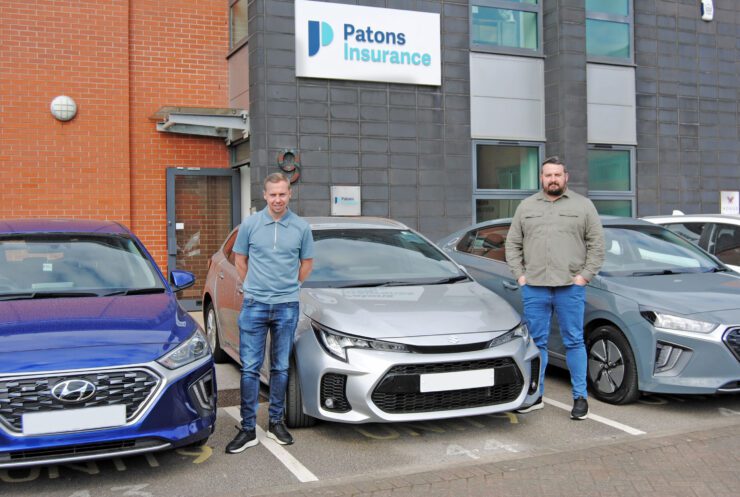Many taxi drivers might have been worried about their futures as taxi firms excitedly looked to a world of self-driving cars.
Testing and pilot schemes involving autonomous taxis were taking place in different countries, as the race to roll out the world’s first self-driving fleet hotted up.
And tech company Cruise was ahead of the game after being granted a full-time licence to operate in San Francisco.
Trials
Cruise was one of several robo-taxi firms operating in the city but its trial period was not without incident. Despite what officials referred to as a “skyrocketing” number of incidents, Cruise insisted human drivers in the city caused more accidents and injuries than its automated cars. It was granted licences to operate 24 hours a day following trials which saw operating hours limited to night-time when the roads were quieter.
But, having been granted a full operating licence, it has now put people back in the driving seat after a pedestrian was dragged along a road, resulting in horrific injuries and a multi-million-dollar lawsuit.
The Independent reports that the company has paid between £6.3 million and £9.45 million to settle the lawsuit with a woman who suffered “traumatic injuries” caused by one of its vehicles.
The report said that the woman was initially struck by another vehicle with a driver at the wheel, and was pushed into the path of the oncoming robo-taxi.
The company posted on X that the vehicle “detected a collision and attempted to pull over to avoid more safety issues”.
‘Traumatic injuries’
But the Telegraph reports that as the car tried to pull over, “it continued for about 20 feet before coming to a stop with the pedestrian pinned to the bottom of the car. The woman sustained ‘traumatic injuries’ and was taken to the hospital for treatment.”
Following this incident, Cruise stopped its automated taxi service in the city and later pulled its entire fleet from service across the US.
The Telegraph says the company is now starting to reintroduce taxis with human drivers who can take over in case of an emergency and that testing will start in Phoenix before moving to other Arizona cities. Having withdrawn its automated cars from San Francisco, Cruise is applying to have its licences reinstated in California.
Cruise’s licensing application is under review and, given the concerns officials raised about the number and nature of incidents involving robo-taxis before this incident, there are no guarantees it will be reinstated.
White-knuckle ride
During trials of the vehicles in San Francisco, we reported on a white-knuckle ride a BBC journalist endured in one of the autonomous vehicles. While James Clayton was impressed with the technology and novelty value, he likened some of its manoeuvres to those of a fighter jet – avoiding obstacles at speed, but doing little for comfort or the nerves of passengers.
And there were also incidents in which faults with the vehicles caused problems, such as the time when they congregated in the same area and shut down in the middle of the street, causing rush-hour gridlock.
Many see autonomous taxis as the future, but a lot will have to change before they become the norm. As the Cruise example shows, the consequences can be catastrophic when things go wrong, however well a computer is programmed to keep everyone safe.


